Apalachicola National Forest: Leon Sinks Geological Area Trail System, Tallahassee, Florida1/9/2018 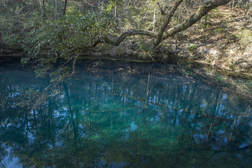
The Leon Sinks Geological Area is in the northeast corner of Apalachicola National Forest near Tallahassee. This fascinating area is home to over a dozen sinkholes, many of which have water in them. Particularly Hammock Sink is one of the most beautiful and photogenic natural sights in the region. The trail system at Leon Sinks also visits a disappearing stream with a natural bridge as well as a series of cypress swamps. Numerous points of interest are spaced throughout the 4.5-mile loop to keep your attention focused the entire hike. This hike occurred on Saturday, January 6th, 2018. My plan was to hike a counter-clockwise loop with the Sinkhole Trail and Gum Swamp Trail.
Summary
R/T Length of Trail: 4.5 Miles
Duration of Hike: 2:00 plus 40 minutes of stopping Type of Hike: Loop Difficulty Rating: 2 out of 10 Total Elevation Gain: Minimal (333 Feet) Pros: Numerous points of interest scattered throughout the hike Cons: The trail can get a little crowded Points of Interest: Hammock Sink; Big Dismal Sink; Black Sink; Lost Stream Overlook and Fish Creek Natural Bridge; South Swamp (and two other swamps); Gopher Hole Sink; Numerous other dry sinkholes Trail Blaze Colors: Sinkhole Trail - Blue; Gum Swamp Trail - Green; Connector Trail - White Best Seasons to Hike: Winter; Spring Fees: There's a $3 entry fee per vehicle for Leon Sinks Geological Area Beginning Point: Leon Sinks Geological Area Parking Directions from Tallahassee, FL: From the intersection of Capital Circle (FL 263/US 319 North) and Crawfordville Road (FL 61/US 319 South), follow Crawfordville Road South (US 319 South). Stay right where FL 61 South splits off to the left. 5.8 miles from Capital Circle, turn right onto the entrance road to Leon Sinks Geological Area and reach the parking area in 0.2 miles. Map
Click the link below to download a .GPX file with a track of this hike.
Details
Leon Sinks Geological Area is one of the most popular hikes in the Florida Panhandle and for good reason. The well-manicured trail passes through a variety of ecosystems and past over a dozen sinkholes. Hammock Sink is one of the most gorgeous natural sights in the area and a photographer's delight. The short access trail to Leon Sinks begins by the kiosk near the center of the spacious parking area. In 350 feet, reach the start of the loop at the Sinkhole Trail. To hike it counter-clockwise and see most of the sinkholes first, turn right. The blue blazes take you past five dry sinks in the first half-mile. The trail actually passes through the bottom of the first one, Dry Sink. Turner Sink on the left - the second dry sink - is fairly large but overgrown. All sinks are signed (the others are Palmetto, Far, and Back Sinks). At 0.6 miles, the trail reaches Hammock Sink, the first wet sink along the hike. Coincidentally, this is also the most beautiful sink at Leon Sinks. A boardwalk with several different views follows the edge of the sink. I love the way the large overhanging tree spreads its limbs above the sink, almost touching its blue waters. When the water is clear, you can see small branches floating just below the surface. It doesn't get much better than this for Florida nature photographers.
Stay on the blue-blazed trail, passing the dry Tiny Sink on the left at 0.8 miles. At 1.05 miles, the observation area for Big Dismal Sink is on the right just across from the terminus of a forest road. Big Dismal Sink is the largest sink along the hike, but the only view of it is far above. The eroded paths to the bottom have been closed due to safety concerns. Still, this is an impressive view. Big Dismal Sink's water drops 130 feet below the surface where it can connects with a watery underground cave system. The water's surface was constantly covered in ripples at the time of my visit, indicating instability down below. Also, note the neat trickles of water falling into the sink from the bluff at its far end. The Sinkhole Trail curves north after Big Dismal Sink. A sign marks Field Sink to the left, although I had trouble finding the actual sink. At 1.3 miles, the trail reaches Big Eight Sink, a large and steep dry sink. The next sink is Magnolia Sink is at 1.45 miles. Although the map marks this as a wet sink, there was essentially no water in it at the time of my hike. At 1.85 miles, a 100-foot side trail leaves left and steeply drops down to Black Sink. The dark waters of this moderate-sized wet sink contrast greatly with the blue waters of Hammock Sink. At 2.15 miles, the Sinkhole Trail turns right while a 150-foot side trail leads straight to Lost Stream Overlook. The overlook provides a view of a unique wet sink - Lost Stream Sink - to the right. Lost Stream Sink is the site of Fisher Creek's entry into the underground. Unlike a spring where a stream typically begins, this sink is the "end" of the stream. If you explore the paths around Lost Stream Sink, you can gain a few glimpses of Fisher Creek upstream. You'll also see a small wet sink called Duckweed Sink to the east of Lost Stream Sink.
Return to the Sinkhole Trail and follow it to the next point of interest at 2.45 miles: the Natural Bridge. Fisher Creek briefly disappears underground at this spot before re-emerging a hundred feet away, although during low water, the sight isn't impressive since parts of the creekbed can be dried up. Just past the Natural Bridge is a junction where the Sinkhole Trail ends. Straight ahead is the Connector Trail, a shortcut back to the parking area. This hike turns right on the green-blazed Gum Swamp Trail. This part of the hike is less-traveled and is likely to bring more solitude than the Sinkhole Trail. The trail initially parallels Fisher Creek before it curves away and passes through several palmetto corridors. After a section of pine flatwoods, the trail reaches the first of three areas of cypress swamp at 3.35 miles: Bear Scratch Swamp. This one was dry during my visit. The trail skirt's the swamp's edge and reaches the next one, South Swamp, at 3.65 miles. With it being the only swamp with water in it during my visit, I was impressed by South Swamp. The rows of twisting cypress trees form beautiful reflections on the dark water. It's interesting how every cypress has its own unique look.
At 3.9 miles, the trail passes Shadows Swamp, which is the least scenic of the three swamps (it may be a little better with water). As with the previous two swamps, the trail skirts the edge and stays dry. At 4.15 miles, the Gum Swamp Trail ends at the other end of the Connector Trail. Stay straight on the Sinkhole Trail. The parking area is close by, but wait! There is one more sink to see: the Gopher Hole Sink. The signed spur trail (aka Hutchison's Spur) to Gopher Hole Sink leaves right at 4.2 miles and reaches the sink in 400 feet. Gopher Hole Sink is different from the other sinks on the hike. It's actually a water-filled cavern. Clear, blue water leads up all the way to the mouth of the low cave. The cave entrance slightly resembles the hole of a gopher tortoise, the sink's namesake. Return to the main trail and follow it to the end of the loop at 4.45 miles. Turn right on the access trail and return to the Leon Sinks Parking Area at 4.5 miles, finishing the hike. Mileage
0.0 - Leon Sinks Trailhead
0.65 - Hammock Sink 1.05 - Big Dismal Sink 1.85 - Black Sink 2.15 - Lost Stream Overlook 2.45 - Natural Bridge 3.35 - Bear Scratch Swamp 3.65 - South Swamp 3.9 - Shadows Swamp 4.25 - Gopher Hole Sink 4.5 - Leon Sinks Trailhead Variations
Hike just the Sinkholes Trail and Crossover Trail - 3.3 Miles
Bonus Stops
Only a mile from Leon Sinks is a little-known hike with more sinkholes known as Wakulla River Sinks. Leon Sink sand Wakulla River Sinks make for a good combination to fill up the day.
Pictures & Videos
3 Comments
RENEE JONES
1/22/2023 10:16:44 am
This article is wonderful. One of my favorite trails.
Reply
Chris Stinnett
3/1/2023 02:52:58 pm
Things to note as of March 1, 2023:
Reply
Mika Lentz
6/14/2023 03:01:18 pm
Hello I would love to find out if any of the videos of Leon Sinks would be available to use in a documentary.
Reply
Leave a Reply. |
About MeMark Oleg Ozboyd Dear readers: I have invested a tremendous amount of time and effort in this website and the Georgia Waterfalls Database the past five years. All of the work that has gone in keeping these websites updated with my latest trip reports has almost been like a full-time job. This has not allowed me to pick up a paid job to save up money for college, and therefore, I I've had to take out loans. If you find the information on this website interesting, helpful, or time-saving, you can say "thanks" and help me out by clicking the button above and making a contribution. I will be very grateful for any amount of support you give, as all of it will apply toward my college tuition. Thank you!
Coming in 2022-2023?
Other Hiking WebsitesMiles HikedYear 1: 540.0 Miles
Year 2: 552.3 Miles Year 3: 518.4 Miles Year 4: 482.4 Miles Year 5: 259.9 Miles Archives
March 2021
Categories
All
|
||||||
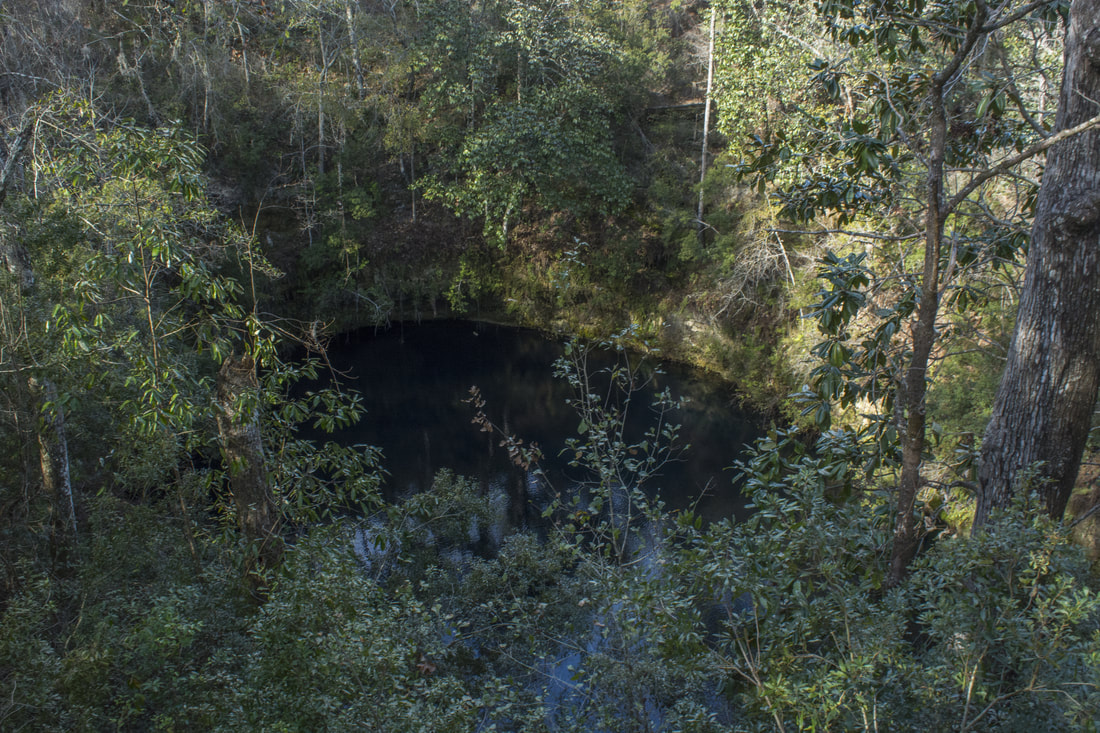
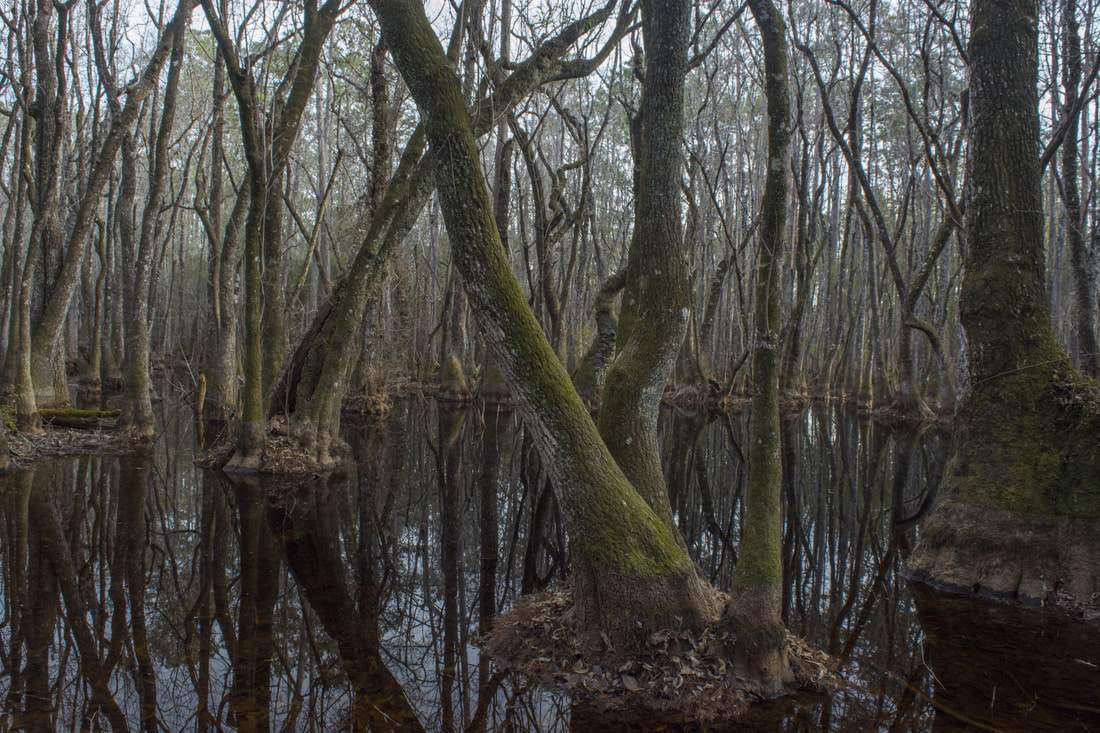
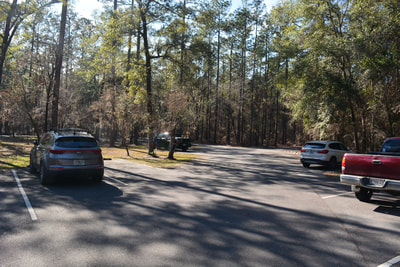
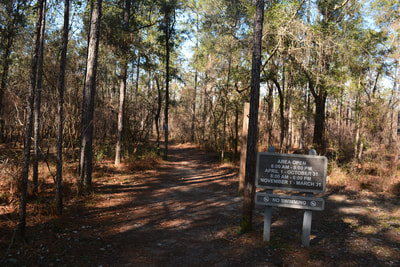
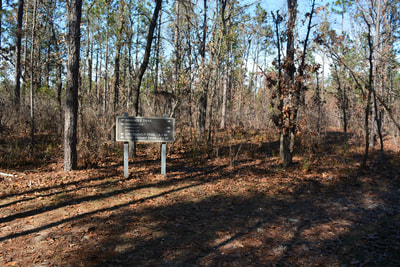
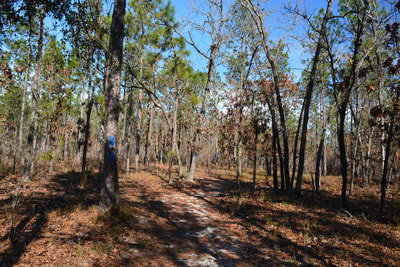
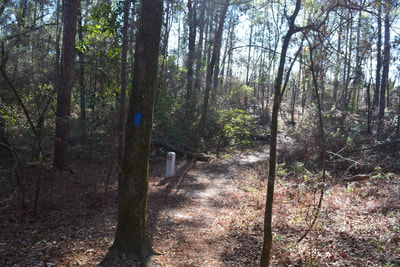
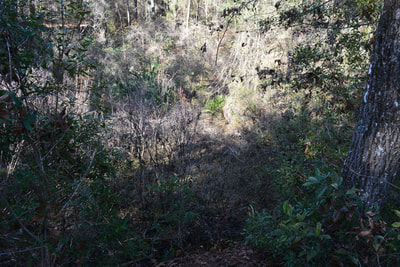
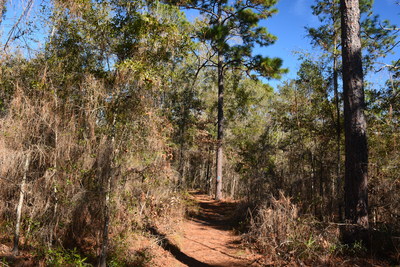
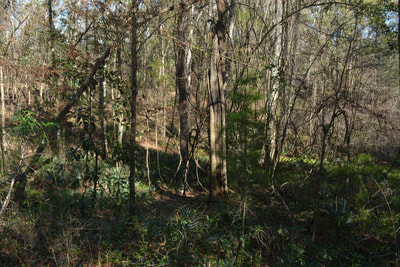
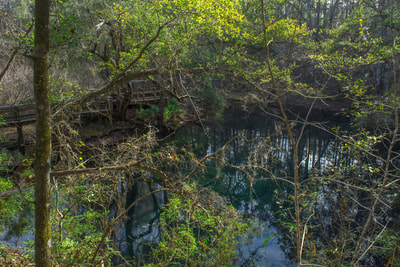
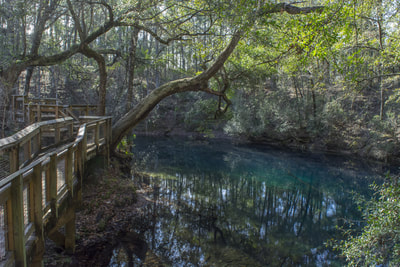
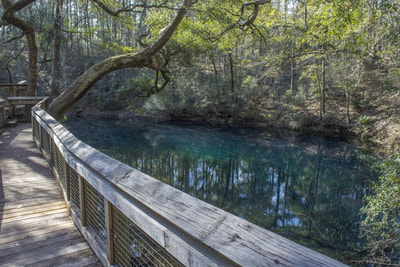
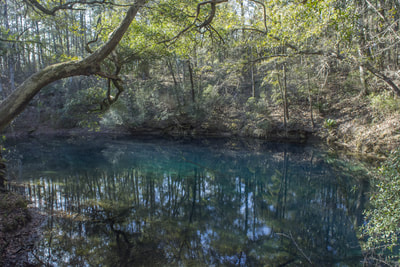
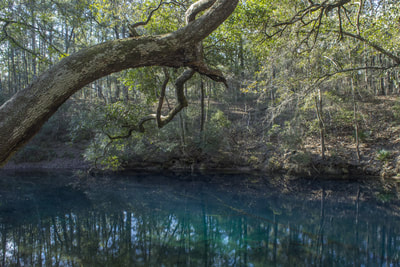
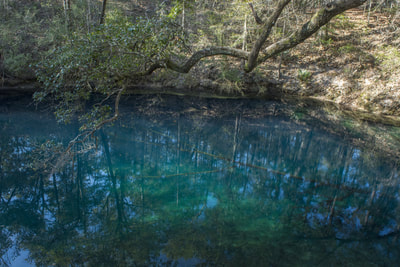
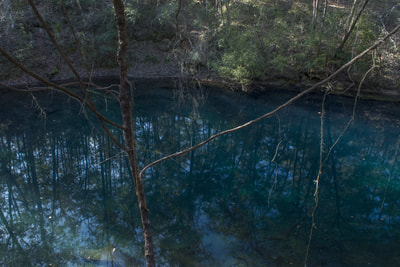
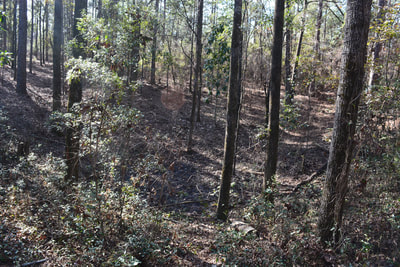
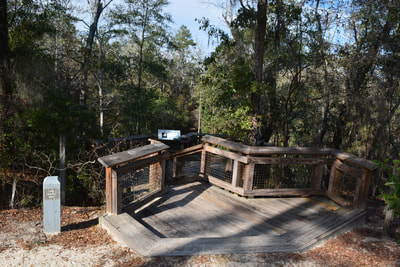
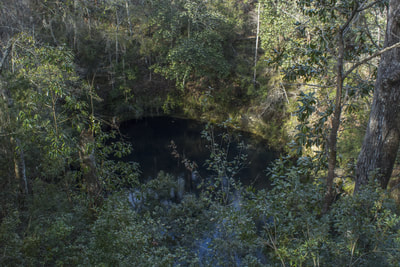
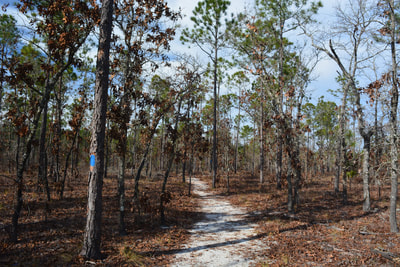
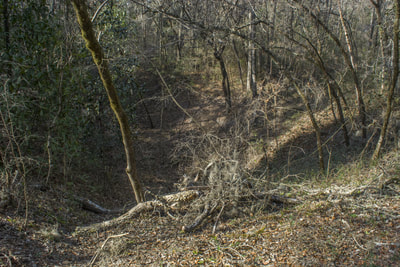
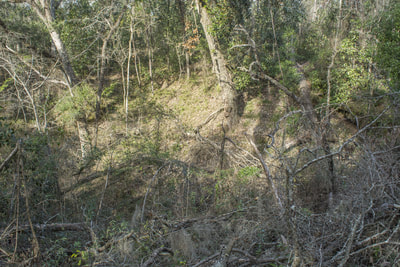
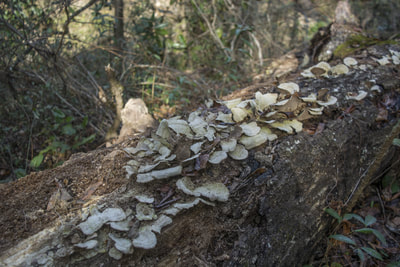
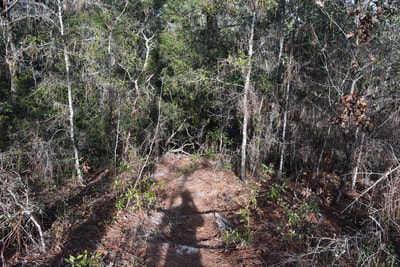

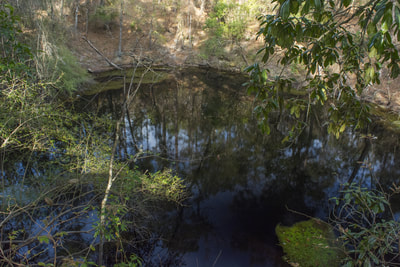
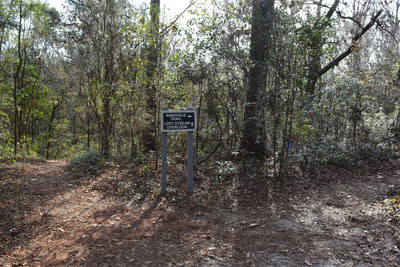
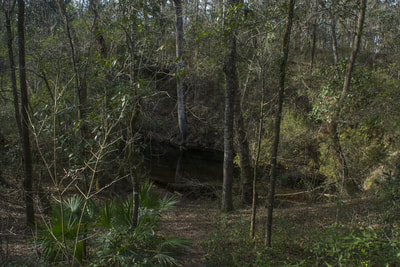
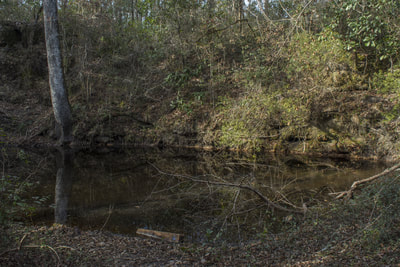
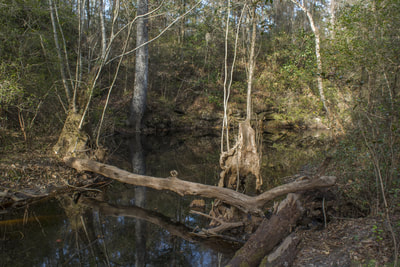
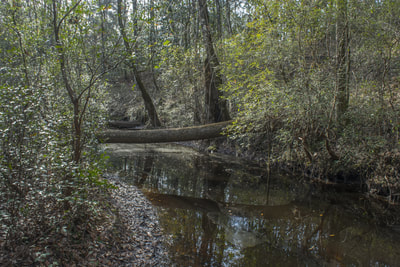
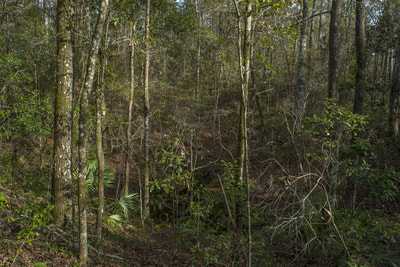
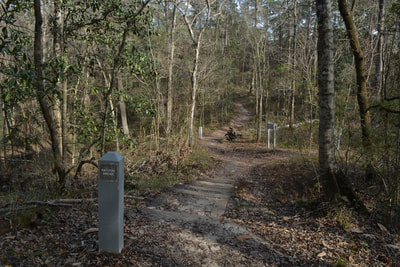
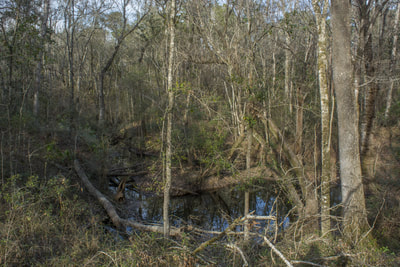
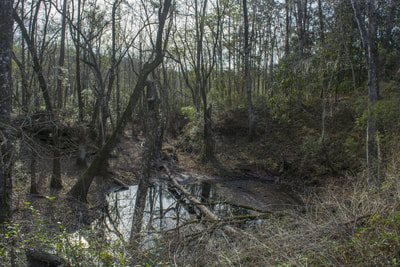
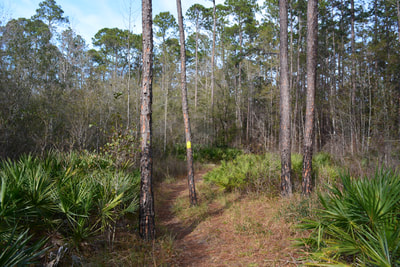
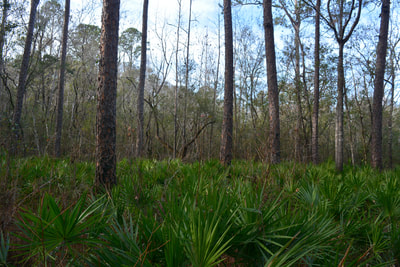
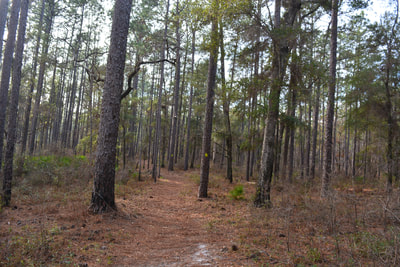
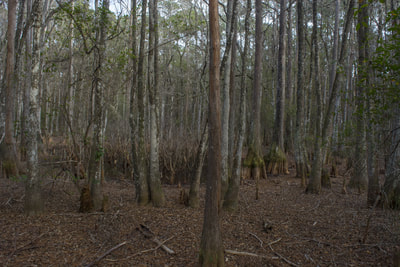
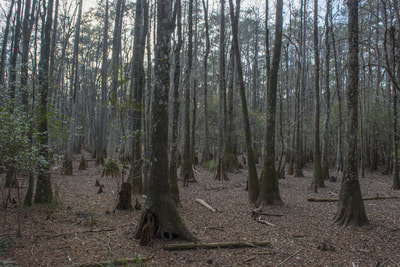
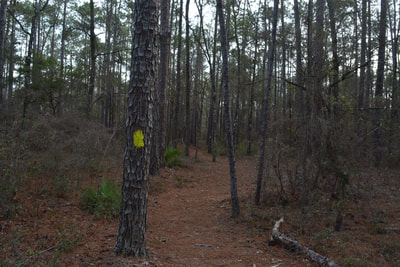
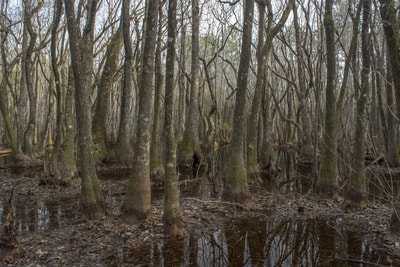
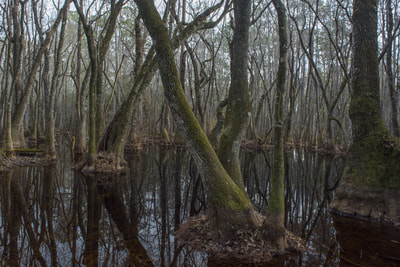
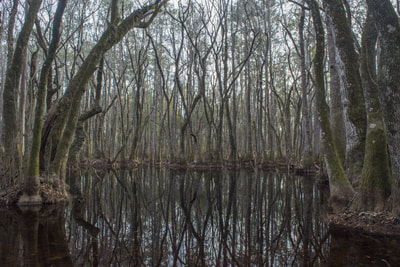
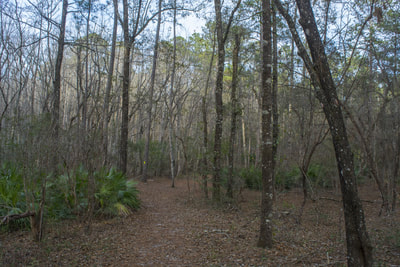
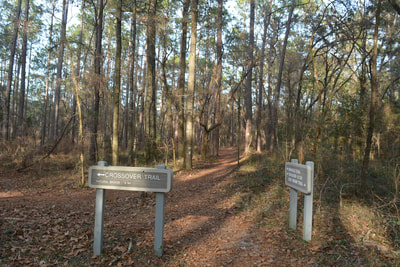
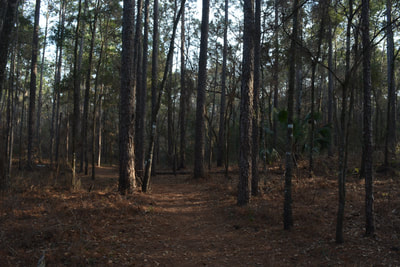

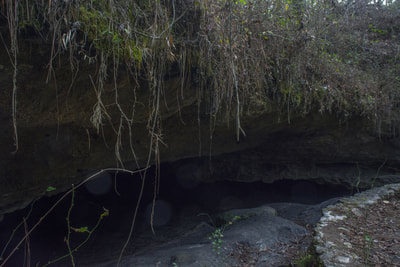
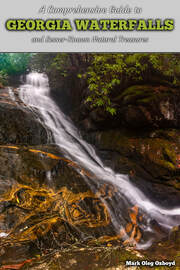
 RSS Feed
RSS Feed